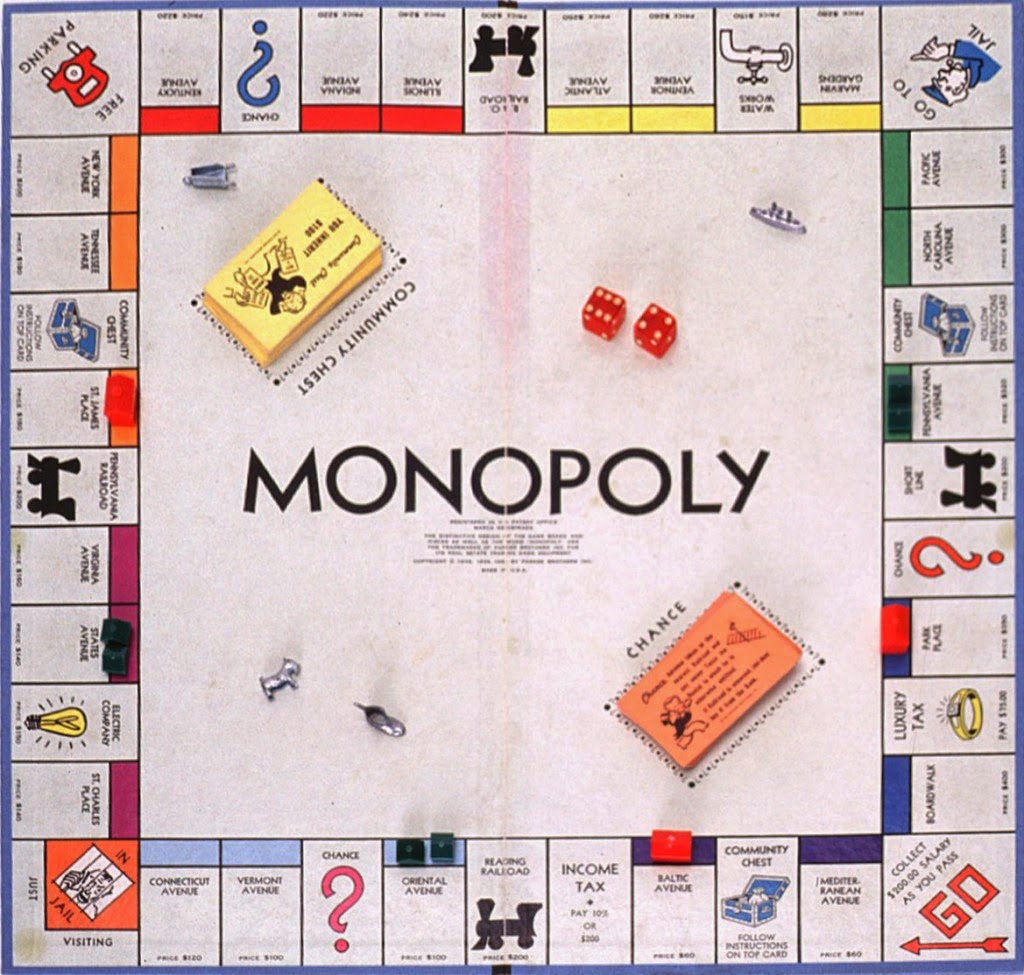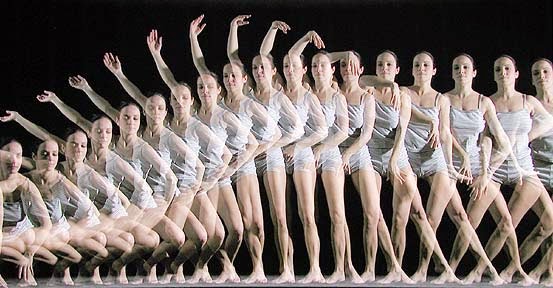First of all, some of you asked for all the metric prefixes, so here they are:
Next we continued with our Monopoly example:
Example: Write the displacement vector from "Water Works" to "Jail".
Answer: Using some trigonometry we were able to write down the answer in different ways:
Using cardinal directions:
B = 12.8 spaces [W 51.3° S] or
B = 12.8 spaces [S 38.7° S]
- State one direction first, then how much to turn towards the other direction.
Using bearing:
B = 12.8 spaces [bearing 218.7°]
- North is 0° and all angles go clockwise.
Using the x-y plane:
B = 12.5 spaces [231.3°]
- The x-axis is 0° and all angles go counter-clockwise.
Using vector components:
B = 8 spaces [left] + 10 spaces [down]
Vector Components
The final method used above is vector components. It's a way of breaking up a vector into two directions that are easier to work with.
Example: Montreal is 500
km [E 35° N] relative to Toronto.
What is the x-y
component of Montreal if Toronto was at the origin?
Solution: We used trigonometry (SOH CAH TOA) to find,
∆d = 490 km [E] + 287 km [N]
Using components is equivalent to writing down the magnitude and direction. Both methods contain the same amount of information and you can should be able to convert one form to another.
Adding Vectors
Two vectors can be added together. The method used is called Head-to-Tail.
For example:
.jpg) |
| The two black vectors are added together using Head-to-Tail and the result is the red vector. |
Example: Cindy walks 3 km
[N] to get to school. Afterschool
she walks another 2 km [N 40° E] to get to her soccer practice. What is her final displacement?
Solution: Using a combination of Cosine Law and Sine Law we arrived at,
∆d = 5.2 km [N 18° E]
Finally, I listed the steps to add vectors using components.
Adding vectors with components
In some cases, this this easier than using the trigonometry methods mentioned above.
- Write down the xy-components of vector A.
- Write down the xy-components of vector B.
- Add all the x-components.
- Add all the y-components.
- Done!
Homework
You should be able to do the homework from day 2,
-
HW: Pg. 75 #5a, 8, 10, 12



























.jpg)





















